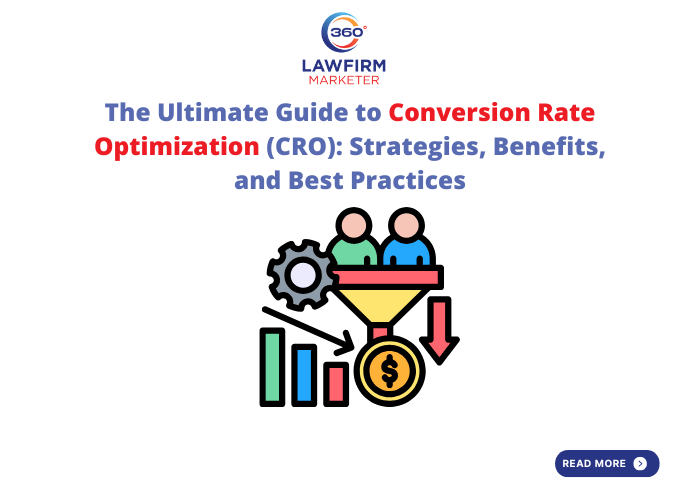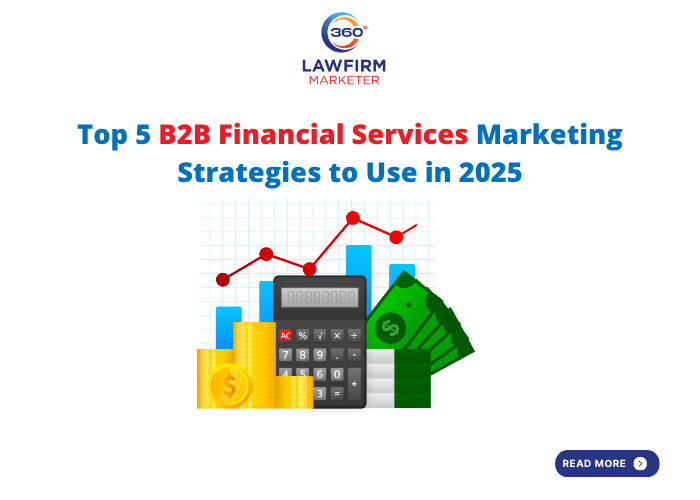The Ultimate Guide to Conversion Rate Optimization (CRO): Strategies, Benefits, and Best Practices

In the fast-paced world of digital marketing, driving traffic to your website is only half the battle. The real challenge lies in converting those visitors into paying customers, subscribers, or leads. This is where Conversion Rate Optimization (CRO) comes into play a data-driven process designed to maximize the value of every visitor.
Whether you’re running Ecommerce Marketing campaigns or managing a B2B lead generation funnel, CRO is the key to improving ROI and reducing wasted ad spend. In this comprehensive guide, we’ll cover everything you need to know about CRO, from its definition and importance to actionable strategies and best practices.
What is Conversion Rate Optimization?
Conversion Rate Optimization is the systematic process of increasing the percentage of users who take a desired action on your website or mobile app. These actions can include:
- Making a purchase
- Filling out a lead form
- Signing up for a newsletter
- Downloading a resource
CRO involves:
- Analyzing user behavior to identify friction points.
- Generating hypotheses for improvement.
- Testing variations through A/B or multivariate testing.
- Implementing winning changes to enhance user experience and boost conversions.
Why Does CRO Matter?
Imagine this scenario: Your landing page has a 10% conversion rate and receives 2,000 visitors per month. That’s 200 conversions. If you improve the conversion rate to 15%, you now have 300 conversions a 50% increase without spending a single extra dollar on ads. That’s the power of CRO.
Benefits of Conversion Rate Optimization
- Higher ROI on Marketing Spend
CRO ensures you get more value from your existing traffic, reducing the need for additional ad spend. - Lower Customer Acquisition Costs
By improving conversion rates, you reduce the cost per acquisition (CPA). - Improved User Experience
CRO focuses on removing friction and creating a seamless journey for users. - Scalable Growth
Once your funnel is optimized, scaling traffic becomes far more profitable.
Core Elements of an Effective CRO Strategy
A successful CRO strategy combines data, design, and psychology. Here are the key components:
- User Research
Understand your audience’s needs, motivations, and pain points through surveys, interviews, and analytics.
- Website Analytics
Use tools like Google Analytics, Hotjar, or Crazy Egg to track user behavior and identify drop-off points.
- UX Design
Create intuitive, mobile-friendly interfaces that guide users toward conversion.
- Landing Page Optimization
Ensure your landing pages are aligned with user intent and have clear, compelling CTAs.
- Copywriting
Craft persuasive headlines and benefit-driven content that resonates with your audience.
- Page Speed
Slow-loading pages kill conversions. Optimize images, leverage caching, and use a CDN.
- Trust Signals
Add testimonials, security badges, and transparent policies to build credibility.
- Conversion Funnel Analysis
Map out your funnel and identify where users abandon the process.
- Mobile Optimization
With mobile traffic dominating, ensure your site is fully responsive and easy to navigate.
CRO Techniques That Deliver Results
- Optimize CTAs: Use action-oriented language and contrasting colors.
- Simplify Navigation: Reduce clutter and make it easy for users to find what they need.
- Run A/B Tests: Test headlines, layouts, and offers systematically.
- Personalize Experiences: Tailor content based on user behavior and demographics.
- Leverage Social Proof: Showcase reviews, ratings, and case studies.
- Build Trust: Display certifications and clear return policies.
Setting Conversion Metrics
Your conversion goals depend on your business model:
- Ecommerce: Purchases, add-to-cart actions, checkout completions.
- B2B: Form submissions, whitepaper downloads, demo requests.
- Media: Newsletter sign-ups, ad views, content engagement.
- Travel: Bookings, ancillary purchases, social shares.
Once you define these metrics, focus on high-traffic or underperforming pages for maximum impact.
The CRO Process: A Data-Driven Approach
- Identify conversion goals.
- Analyze your sales funnel.
- Prioritize high-impact pages.
- Develop hypotheses for improvement.
- Test variations (A/B or multivariate).
- Implement winning changes.
- Repeat and refine continuously.
Best Practices for CRO
- Research your audience deeply.
- Use clear, compelling CTAs.
- Avoid clutter each page should have one primary goal.
- Optimize for mobile and speed.
- Add trust signals like testimonials and badges.
- Personalize content for different user segments.
- Use heatmaps to identify engagement patterns.
Common Pitfalls
Not every idea will boost conversions. In fact, only about 12% of CRO experiments deliver significant wins. The key is to treat testing as a learning process, not just a hunt for quick wins. Every test provides insights into user behavior that can inform future strategies.
CRO for Different Business Models
- Ecommerce Marketing: Focus on product page optimization, cart abandonment recovery, and personalized recommendations.
- B2B Lead Generation: Optimize forms, offer valuable lead magnets, and use progressive profiling.
- SaaS: Highlight value propositions, offer free trials, and simplify onboarding.
Partnering with Experts
CRO requires expertise in analytics, UX, copywriting, and testing. If you lack in-house resources, consider working with specialists like Conversion Optimization Services New York. They can help you design and execute a data-driven CRO strategy that aligns with your business goals.
For businesses looking for a full-service approach, a Digital Marketing Agency in USA can integrate CRO with SEO, PPC, and content marketing for holistic growth.
Final Thoughts
Conversion Rate Optimization is not a one-time project it’s an ongoing process of testing, learning, and improving. By focusing on user experience, leveraging data, and implementing best practices, you can significantly boost your conversions and revenue.





